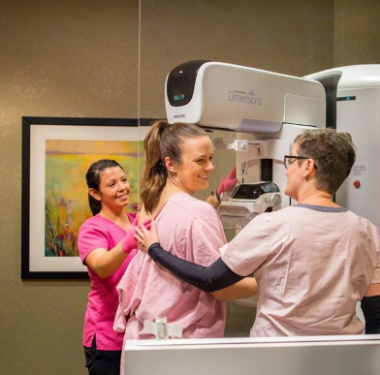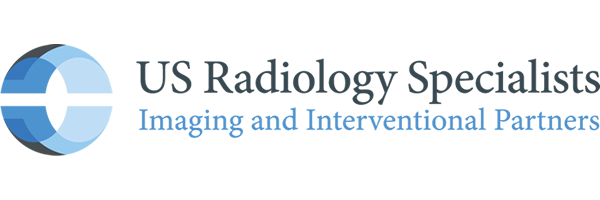 In your 40s, keeping on top of annual wellness visits is vital for preventive health to ensure a healthier you both now and in the future. Also called a well-woman exam or physical, an annual wellness visit gives your healthcare provider the chance to screen for any health conditions that may need to be addressed. He or she may also discuss lifestyle or therapeutic approaches to maintain your overall health.
In your 40s, keeping on top of annual wellness visits is vital for preventive health to ensure a healthier you both now and in the future. Also called a well-woman exam or physical, an annual wellness visit gives your healthcare provider the chance to screen for any health conditions that may need to be addressed. He or she may also discuss lifestyle or therapeutic approaches to maintain your overall health.
Your annual wellness visits also provide opportunities to discuss best practices to lead a healthier life. Our bodies change over time, and having a health partner helps us anticipate and proactively respond to any changes.
Wellness Visits, Explained
During a women’s wellness visit, your doctor will assess your overall health. Depending on your provider, they may conduct a variety of tests, which may include blood pressure and heart rate check, breast exam, pelvic exam, pap test, blood and lab work, skin check, and a review of your family history. This health assessment gives your doctor the right information about your body to make effective recommendations. An annual wellness visit is typically covered by insurance.
Based on your preference, a family medicine practitioner or an OB-GYN can conduct this annual exam for you. For women especially, you can use these visits as a chance to discuss family planning and reproductive health, any new mood or hormone changes, and breast health including any recent changes or concerns you may have. You can count on your provider to offer guidance or refer you to a specialist if needed.
Read More: Put Your Breast Health Knowledge to the Test
Time for Annual Breast Screenings?
For most women, screening mammograms should be part of an annual health and wellness routine. Expert guidelines recommend women with no breast health symptoms or concerns start screening at age 40 and continue every year. Most insurance covers annual screening 100% and no physician referral or order is needed. You should discuss your breast health — including any known personal risk factors or family history of breast or ovarian cancer — with your physician during your well visits to determine a breast health plan that is right for you. If you are at higher risk for breast cancer, your provider may recommend screening mammograms earlier, starting baseline scans at 35.
“Your doctor may ask about any potential risk factors for breast cancer, such as your family history, genetic testing if risk factors are present, and when to start screening mammograms,” says Stephanie Morgan, MD, radiologist at Charlotte Radiology Breast Services. “Initiate the conversation about mammograms and be your own breast health advocate.”
Powerful Awareness
When you are in your 40s, you might think you’re too young to get breast cancer, especially if you don’t have a family history of the disease or any known risk factors. However, nearly 10% of breast cancers are diagnosed in women younger than 45, and three-fourths of women who are diagnosed with breast cancer have no family history, making it an important topic regardless of age.
The two biggest risk factors for breast cancer are being a woman and aging. Other risk factors include:
- Family history
- Genetics (such as BRCA genes)
- Dense breasts
- Lifestyle factors, including poor diet, lack of exercise, smoking, drinking alcohol
- Starting your period very young or going into menopause later in life
- Taking certain hormones
While you can’t change things like your family history or your age, you can work with your provider during your annual wellness visit to find ways to reduce risk factors you can control, like your weight and activity level, stress levels, and eating habits.
“Knowing your risk factors is critical,” Dr. Morgan says. “Focus on ‘modifiable’ risk factors that you can impact, like establishing a healthy diet and exercise routine and keeping up with your well-woman visits.”
Getting your annual well visit and annual screening mammogram are two of the best ways to help monitor your breast health over time and catch any early signs of breast cancer.
Read More: Breast Cancer Myths Debunked
Proactive Breast Health
Regular self-exams at home and clinical exams during your annual wellness visit can help identify any new breast concerns, such as changes in skin color, lumps, or nipple discharge. Annual screening mammograms are an additional and vital wellness check because they can help identify even the most subtle changes in breast tissue that may not be otherwise detectable by sight or touch and that can ultimately develop into breast cancer.
“Annual screening mammograms show changes in the breast up to two to three years before the patient or doctor may detect them through self or clinical exam,” Dr. Morgan says.
Early detection means more treatment options, milder therapies, and improved patient outcomes. Clinical data has shown that detecting breast cancer in its earliest stages — stage 0 or stage 1 —results in a nearly 100% five-year survival rate.
“Annual screenings have reduced breast cancer deaths by 40% since the early 1980s,” Dr. Morgan says. “Make early detection part of your annual routine.”

The Time Is Right to Prioritize You
When you are busy with the business of life, it’s important to prioritize your health and practice self-care. Balanced lifestyle choices and annual wellness visits help you to be your best self, practice good preventive health and manage overall risk.
“It’s a challenge to balance work-life demands, especially as we age, but it’s important to make self-care — including breast health — a priority,” says Dr. Morgan. “Good breast health awareness in combination with clinical exams and annual screening mammograms can help detect breast cancer early on when it is most treatable.”
Being mindful of your breast health is an important step to wellness both now and in the future. Put scheduling your next annual wellness visit — including your annual screening mammogram — at the top of your “To Do” list.
Self-Schedule Your Mammogram in Minutes
Sources:
- Stephanie Morgan – Charlotte Radiology
- https://health.gov/myhealthfinder/topics/everyday-healthy-living/sexual-health/get-your-well-woman-visit-every-year
- https://www.acog.org/clinical/clinical-guidance/committee-opinion/articles/2018/10/well-woman-visit
- https://www.cdc.gov/cancer/breast/basic_info/risk_factors.htm



